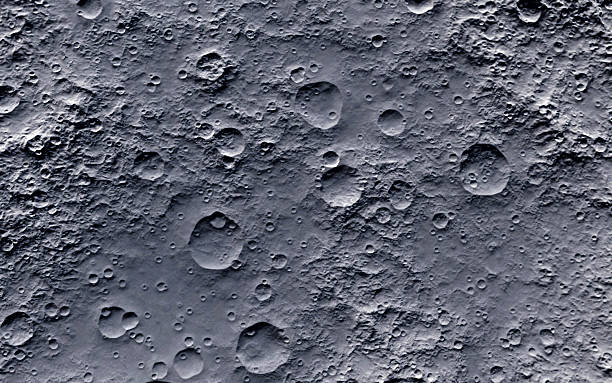Does the Moon really have volcanoes?
During their embryonic years, planets are very hot, and our Moon is no exception. The entire Moon would have been a molten chaos of fire and lava at its birth. The Moon's crust, or outer layer, would have been the first to begin cooling in the frigid vacuum of space. Around 4 billion years ago, the Moon would have consolidated sufficiently to begin showing volcanic activity. There was enough gas for the Moon to generate an atmosphere since eruptions were so common. It retained that atmosphere for approximately 70 million years, until the Moon cooled considerably further.
Molten lava would have routinely penetrated the Moon's crust and poured out onto the lunar surface during the peak of its volcanic activity. Given the ability to track back billions of years in lunar surface material, volcanic activity must have ceased significantly approximately 3 billion years ago. While the Moon's volcanic activity remained moderately active for the following two billion years, it eventually ceased. For many years, geologists believed that volcano activity had halted over a billion years ago, but new evidence suggests otherwise. The Apollo 15 mission was the first to find uneven areas of cooled lava, which are currently considered to be as young as 50 million years old. These "young" volcanoes are too tiny to be visible from Earth, yet they add to the Moon's volcanic history. Some scientists believe that volcanic activity on the surface of our cosmic neighbor is far from over.











